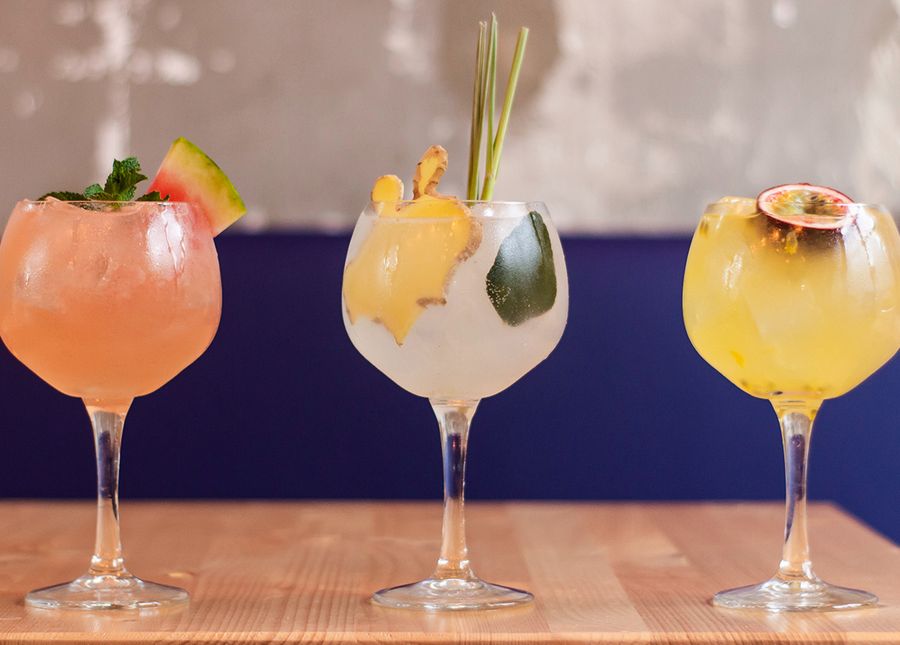In the mid-1970s, Melbourne’s median house price was sitting around $30,000. With $34,000 in your pocket, a lovely home in either Balwyn or Bundoora could have been yours. You could have scored a place in unloved Port Melbourne or Richmond for around $21,000.
Today that $30,000 median is a distant, laughable memory – the 2025 median is $1.03 million. That’s an increase of about 34 times over the last 40-odd years. So how do the prices of different suburbs compare? Let’s see if this rise been uniform across Melbourne’s ever-expanding sprawl (spoiler alert: Not. At. All.).
Port Melbourne: rank outsider
Back in 1975, Port Melbourne seemed a poor prospect. A criminal hub with a bad reputation, the suburb had some of the city’s cheapest housing – even in 1995, the median price for a worker’s cottage was sitting around $175,000. In the last 20 years, the area’s uber-central location and fashionable post-industrial feel has led to it becoming a real estate star, with a 2025 median price of around $1.65 million.
The changing fortunes of Brunswick
Inner-northern Brunswick tells a similar story. Traditionally, it was a working class suburb with plenty of low-cost housing – in 1976, 66% of sales were among the lowest quarter of house prices in the city. Gentrification hit the area from the 1990s, radically changing the demographic and pushing up prices. Since 2001, only a tiny proportion – less than 5% – has been in the lowest quarter, with over 90% being above the median price. By 2025, the median has comfortably leapt the $1.2 million mark.
Melton: disappointing performer
Not all suburbs head in the same direction at the same speed. Take Melton for example. In the mid-1990s it was one of Melbourne’s most affordable suburbs, with a median of $85,000. By 2018 that had hit around $400,000. Not bad, around four or five times higher over 20 years. But consider that back down the Western Freeway, little Braybrook went from around $70,000 to around $750,000 in the same timeframe – an increase of almost 1000 per cent.
Melton has the slowest growth rate of any Melbourne suburb and is the only one that has stayed in the ‘most affordable’ top ten over the last 20 years with the current average being $475,00, while other mid-1970s cheapies such as Broadmeadows and St Albans have moved on in leaps and bounds.
Toorak and friends: top of the ladder
No surprises here: in 1997 the top three most expensive suburbs were Toorak, Canterbury and Brighton, and in 2025 the top three most expensive suburbs were – wait for it – Toorak, Canterbury and Brighton. Get ready for some eye-wateringly large numbers: from the 1990s to 2025 medians went from respectively $739,000, $460,000 and $445,000; to $4,710,000 in Toorak, and $3,100,000 in both Canterbury and Brighton. At this high end of the table growth was remarkably stable, with prices in each suburb increasing by 6 to 6.5 times over that 20 years.
The inner north moves further north
As inner northern suburbs like Brunswick and Northcote gentrified through the 1990s, a halo effect spread northwest to suburbs further out along Bell Street and Sydney Road. And it happened fast: Preston went from a median price of $615,000 in 2014 to $1.16 million in 2025 – a whopping increase in just over ten years.
Further out north, topping Melton (in third place) in 1997’s most affordable top ten were Broadmeadows in first place with a median price of $70,000, and West Heidelberg in second at $77,000. These days, Broadie ($591,000 if you don’t mind) and Westie ($817,000 thank you very much) have increased their medians by a good eight to ten times, and boast the hipster cafés to prove it.
Big winners in the southeast
The top performers from the mid-90s to today are in the leafy southeast, always Melbourne’s preferred property corridor. The biggest winner over the 20-odd years since 1996 has been Ashburton – with a growth in the median price from $160,000 to $1,851,000, it’s seen an increase of 1056%. But neighbours Box Hill, Highett, Clayton, Burwood and Ashwood have also seen growth around 900%. If you want a sure bet on Melbourne property, this is probably it.
West Footscray: up-and-comer
The rise of the west is perhaps the biggest story in Melbourne property over the last 15 years, as inner western suburbs like West Footscray and Maidstone have given the leafy southeastern suburbs a run for their money in terms of return on investment. With a median price of only $92,500 back in 1996, houses here now go for a median of $927,500; with trendier neighbours in Yarraville and Seddon having topped the $1.12 million mark after having been ‘discovered’ in the early 2000s.
Any change in the market leads to intense conversations among Melburnians about the state of real estate, making one this certain: even if prices don’t keep trending up forever, we’ll always have something to talk about.
Main image: Pat Whelen



